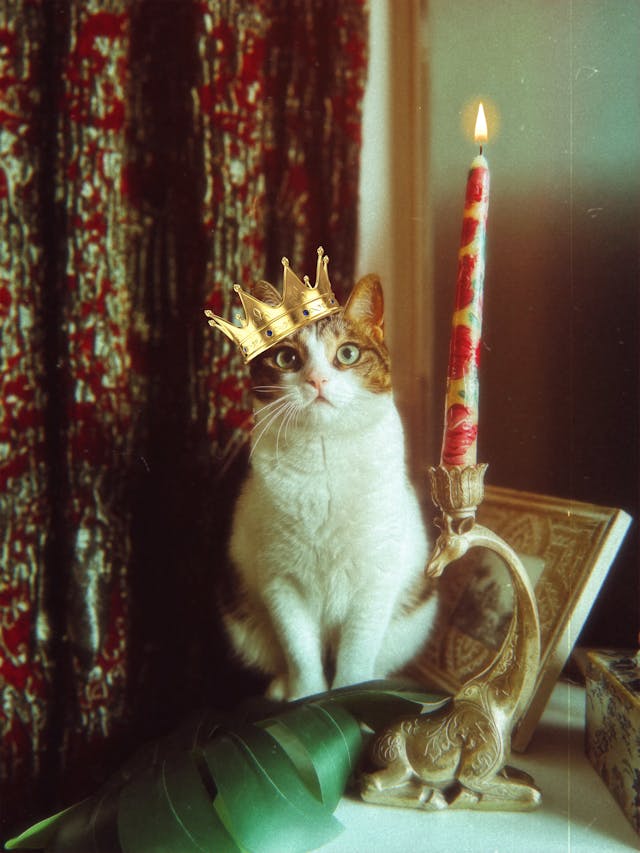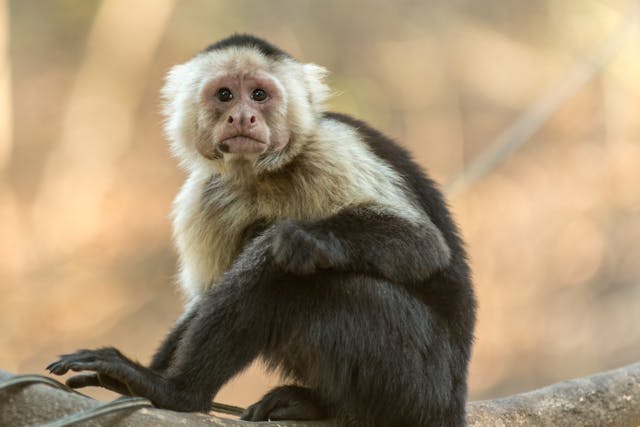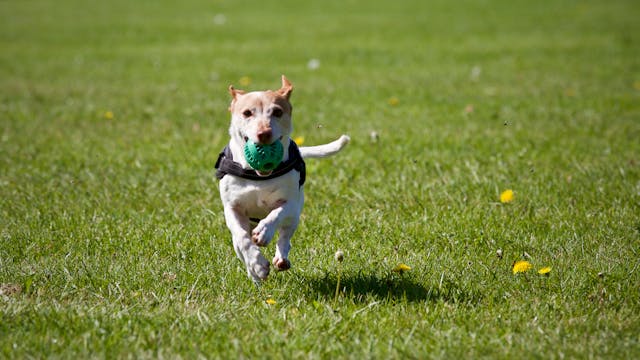There can be no doubt that cats think a lot of themselves. They always take the best seat in the house – whether that be on your lap as you read, on the fresh laundry basket, or even on top of the radiator. They no doubt feel that they deserve this. But where does this high opinion of themselves stem from? Well, it all started long ago, on the banks of the River Nile…
Cats were worshipped as the earthly incarnations of Egyptian gods for more than 30 centuries. This perhaps started as they were used to catch vermin and kill venomous snakes. The Egyptian economy depended on grain, and the fact that cats could protect your hoarded food yielded them a special status in society. Gradually cats were accorded a special place in Egyptian religion, even coming to represent Ra – one of the most powerful gods, in the Book of the Dead. It is not uncommon to find representations of gods with cat heads in hieroglyphics. As an aside – one of Lecale’s own sons, the Rev Edward Hincks of Killyleagh was an early expert in deciphering these hieroglyphics.
The next step in the veneration of the cat was mummification. Egyptians wanted to travel into the afterlife with their feline companions, so they had them mummified! Tens of thousands of cat mummies have been found. One has even made it to our own shores, and is exhibited in the Ulster Museum, alongside the mummy of Takabuti. The techniques of mummification were identical to those used on their human “masters”.
Cats were protected by law in ancient Egypt. It was a serious offence to harm a cat, and this left a cultural legacy that persisted well into the time of Cleopatra. Indeed a Roman citizen was lynched in Egypt for harming a cat around the time Caesar invaded that country. So great was the respect that the Egyptians had for cats that their enemies heard of it, and used it against them. Cambyses II, the King of Persia, placed cats at the head of his army, dissuading the Egyptians from attacking.
With the coming of Christianity and then Islam, the veneration of the cat went into decline with the Egyptian population. The cat sanctuaries were abandoned, and thousands of mummified cats lay undiscovered and dusty with the desert sand until our own time. But an echo of the time cats were seen as gods is found in our own fondness for moggies today, and it is surely something that cats have never forgotten.


